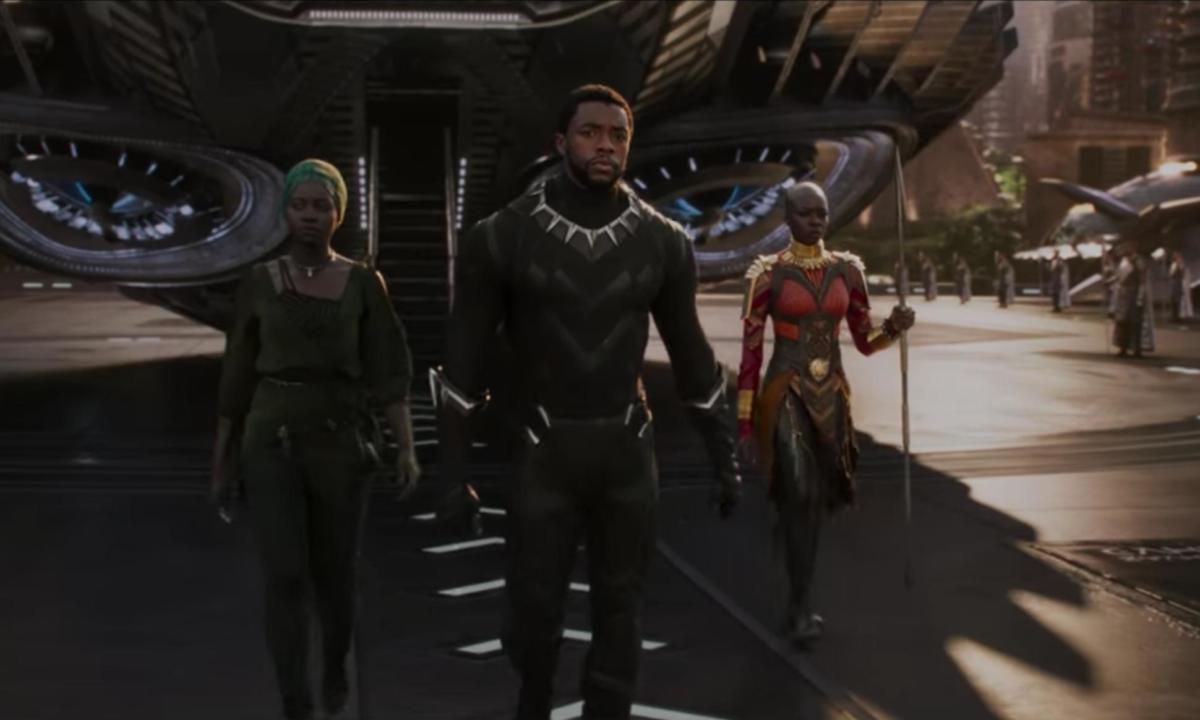In the widest reaching episode of Mark Kermode’s Secrets Of Cinema to date, he looks towards the stars and explores bold new worlds with his episode examining science fiction cinema. With a genre that can be described as taking “us to new worlds to examine ourselves”, he is able to look at the way directors and screenwriters alike can explore a wide range of themes with the promise of what the future could hold for humanity.
H.G. Wells is one of the original founders of science fiction and with the adaptation of his novel The Time Machine (1960), it shows the ways in which his original idea of a show that could give the impression of time travel and film are connected. The lapses in time as it speeds through seasons for example are ways in which he felt that combining theatrics with project technology could create a unique experiences for audiences. While back in the 19th Century this was just a pipe dream for Wells, more than a century later we now live in a time where the real world and the world of science fiction are often inseparable.
Moving slightly away from his usual format of exploring the building blocks of the genre, Kermode here instead looks in to the different sub genres and conventions which can be found throughout different sci-fi films. With a genre that is so wide it’s no surprise that he and Kim Newman have decided to explore it in this way, allowing them to delve deeper into science fiction’s subgenres, such as time travel or alien- and robot-focused movies. It seems to be for the better as this episode explores films such as Under the Skin (2013), The Martian (2015), and Kubrick’s 2001: A Space Odyssey (1968) in more detail than other episodes in the series have so far been able to do so.

Oddly enough the episode starts on a rather strange note by exploring a film from outside of the genre, Vertigo (1958) by Alfred Hitchcock. Kermode suggests that while not typically a time travel film it delves in to similar ideas about how the past and present may not be as separate as we think. So much so that it’s referenced within Twelve Monkeys (1995) when the characters watch a scene from the movie and suggest that they themselves are going through a similar case of dysphoria, not knowing when and where we are. Other time travel-focused films such as The Terminator (1984) and Back to the Future (1985) have popularised the sub genre, but Arrival (2016) not only implements the idea but uses the medium of film to make the audience question their own understanding of time. Does cinema always have to be linear, to move along a straight path?
A great example that Kermode looks in to was how using science fiction we are able to cover different themes and open them up for a wider discussion. This could be District 9 (2009) and its depiction of apartheid-style racism, or The War Game (1965) looking into fears of a post-nuclear war Britain. With being able to explore these big ideas, sci-fi can look at not only external fears but the internal such as loneliness in films like The Martian which focuses on one man’s survival on Mars and the struggles he ends up facing alone. It’s a great look at how hard to tackle subjects can become more easily digestible thanks to a far off setting.
Kermode even goes as far to speak on a genre – which, with the release of Black Panther (2018) could see a rise in popularity – Afro-Futurism. With a fusion of black culture and futuristic technology, Black Panther examines the ‘what if’ which could lead to a rise in more filmmakers exploring this genre. With so many cultures borrowed from for other white-led science fiction films, is it not time for those cultures to make the future that they want to see?

Exploring a much lesser-known film, Kermode looks into Silent Running (1972) and how its use of robot characters works as a counter to those depicted in 2001. While HAL 9000 is cold and motionless, the robots of Silent Running share a human-like quality, and even display small forms of human interaction as a way for the audience to connect deeper with them. Serving as inspiration for films such as WALL-E (2009), Silent Running shows that perhaps the gap between humanity and artificial inte is not that large. Even more so when you look at films like Her and AI, which examine how artificial intelligence will surpass us.
And this is what the main discussion of this week’s episode is based around. How far removed are we from the depictions of the future we see on screen. Are the synthetics from Blade Runner (1982) any less human than us? It’s great to see that Kermode has used this show, not only as a means to investigate movies of the genre but also in a wider context what this says about society. Can the films of today in anyway prepare us for the future we have in front of us?
Mark Kermode’s Secrets of Cinema is available to watch on BBC iPlayer now. The season finale, Episode 5 – Horror, is available from next Tuesday at 9pm GMT. Check out our reviews of the previous episodes here.
Some of the coverage you find on Cultured Vultures contains affiliate links, which provide us with small commissions based on purchases made from visiting our site. We cover gaming news, movie reviews, wrestling and much more.



